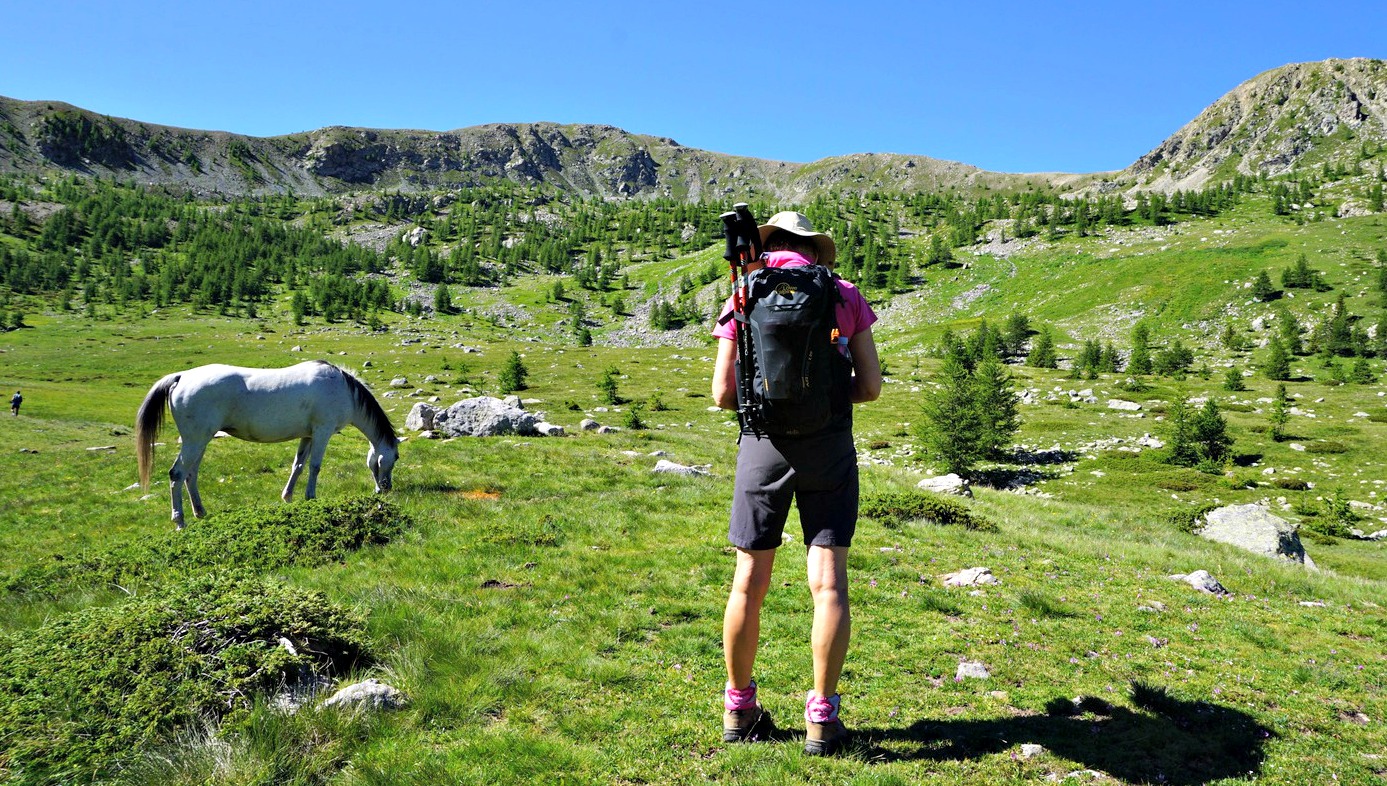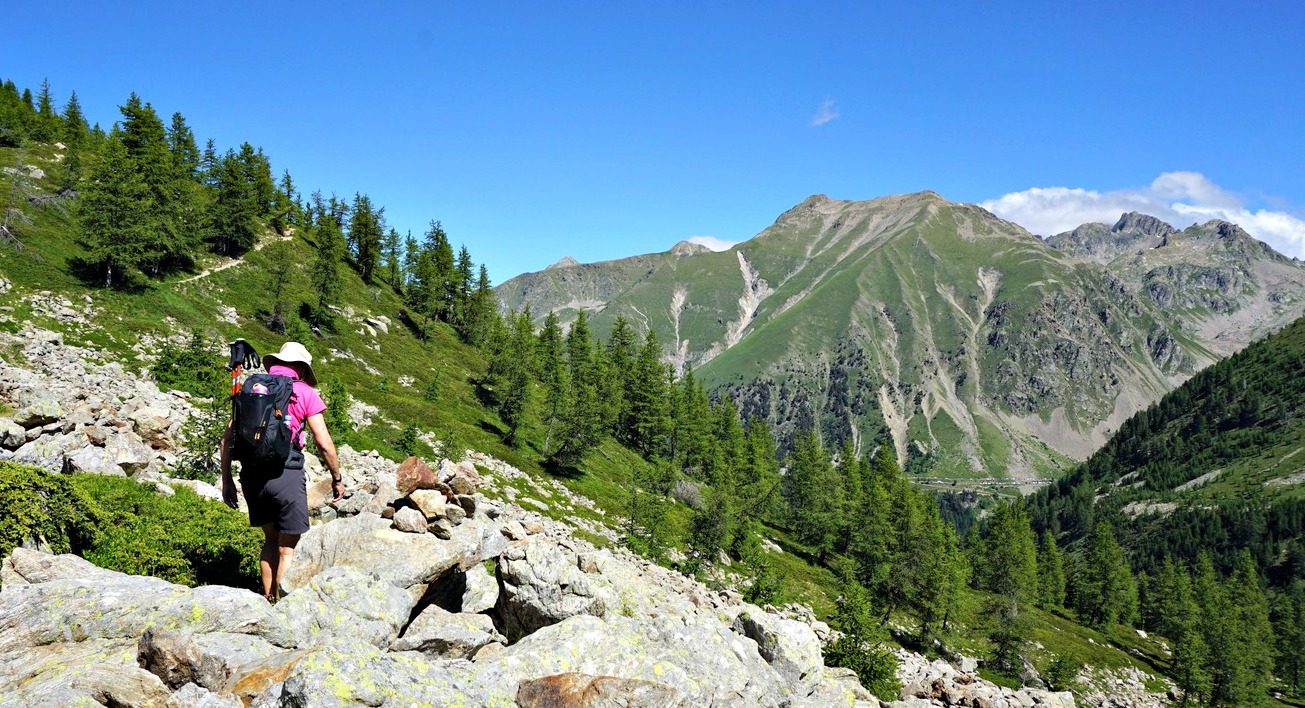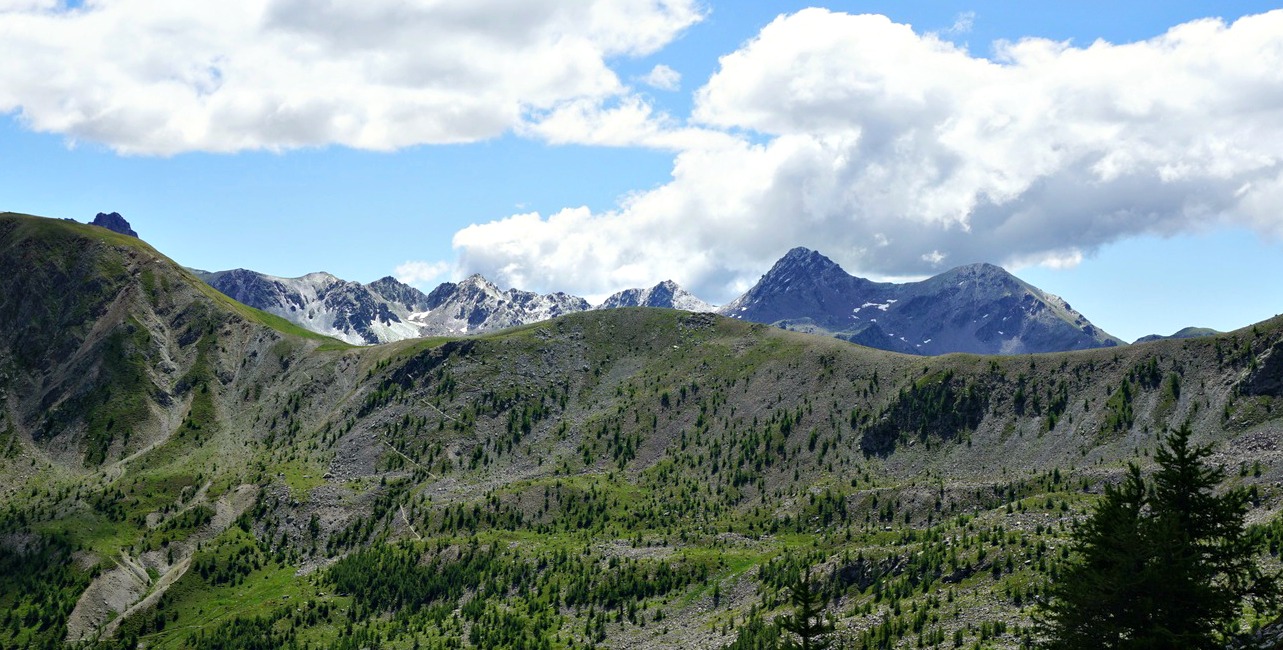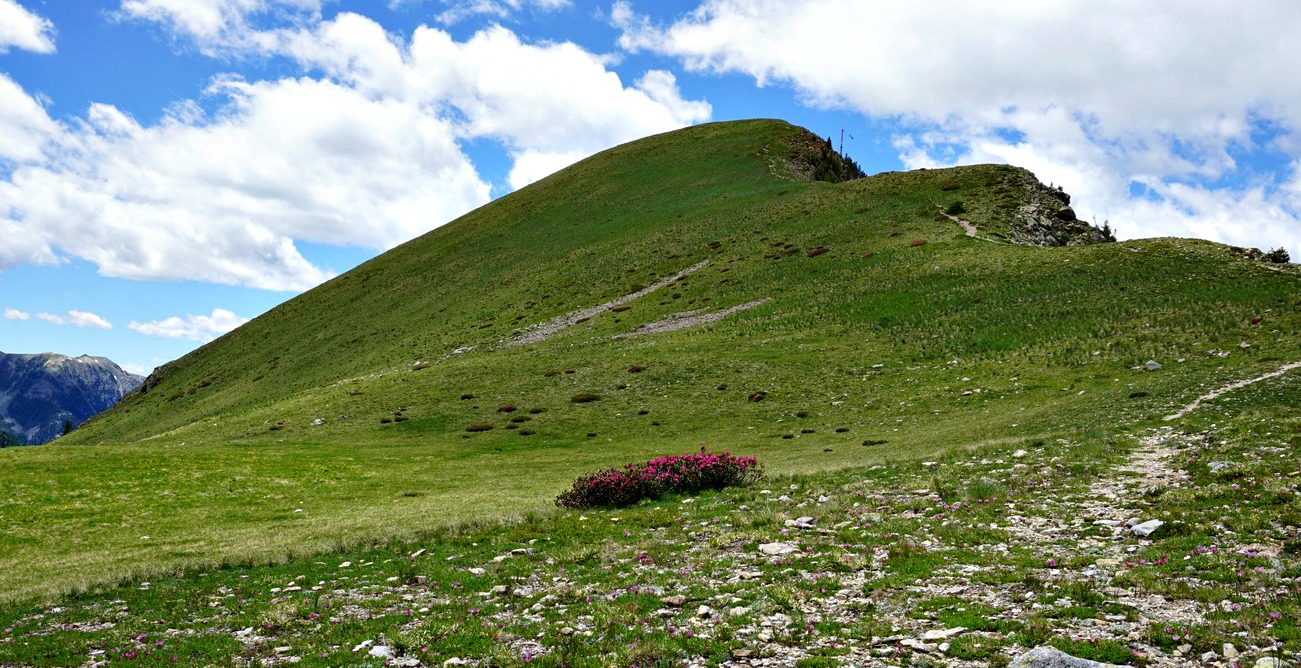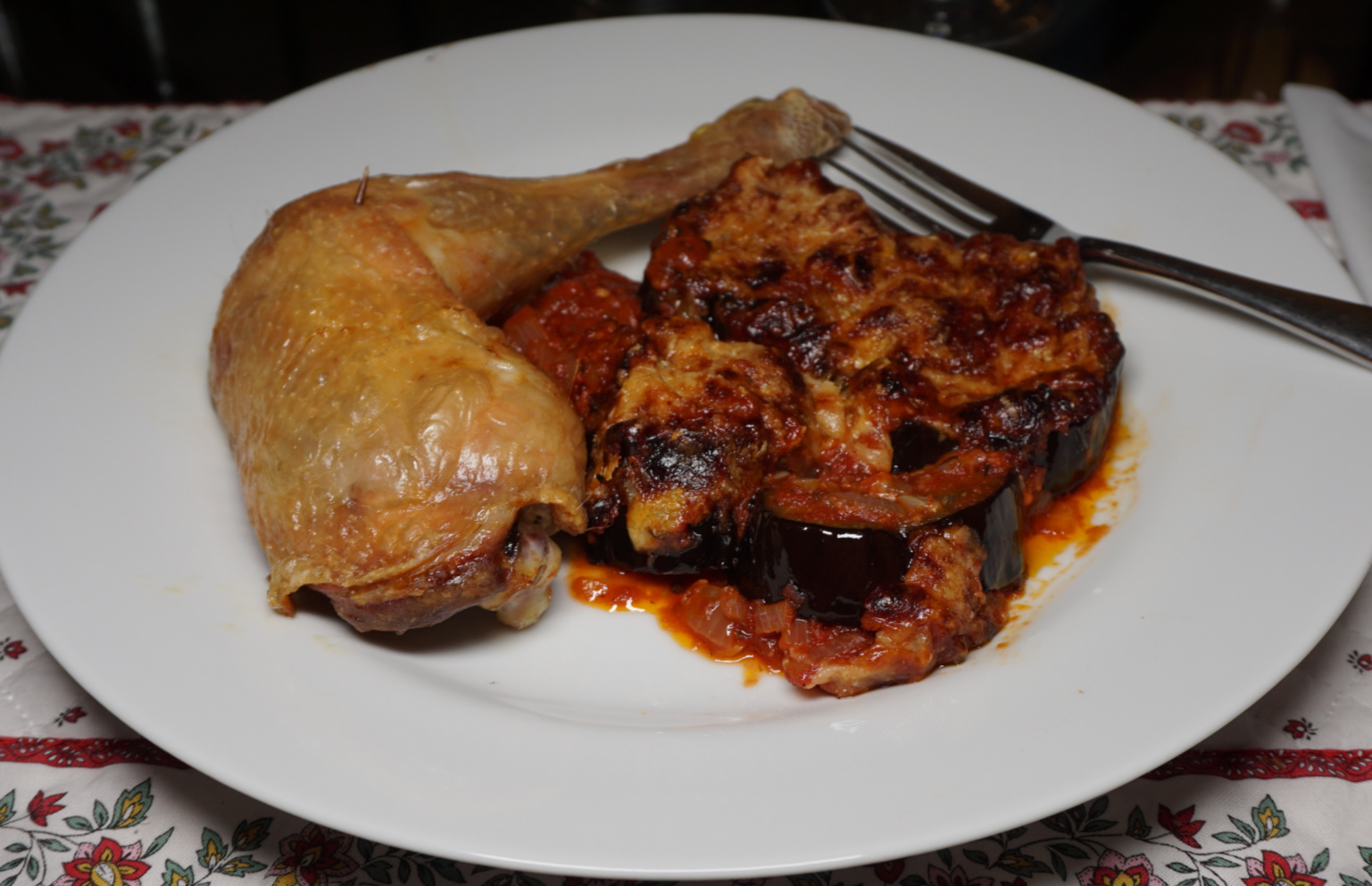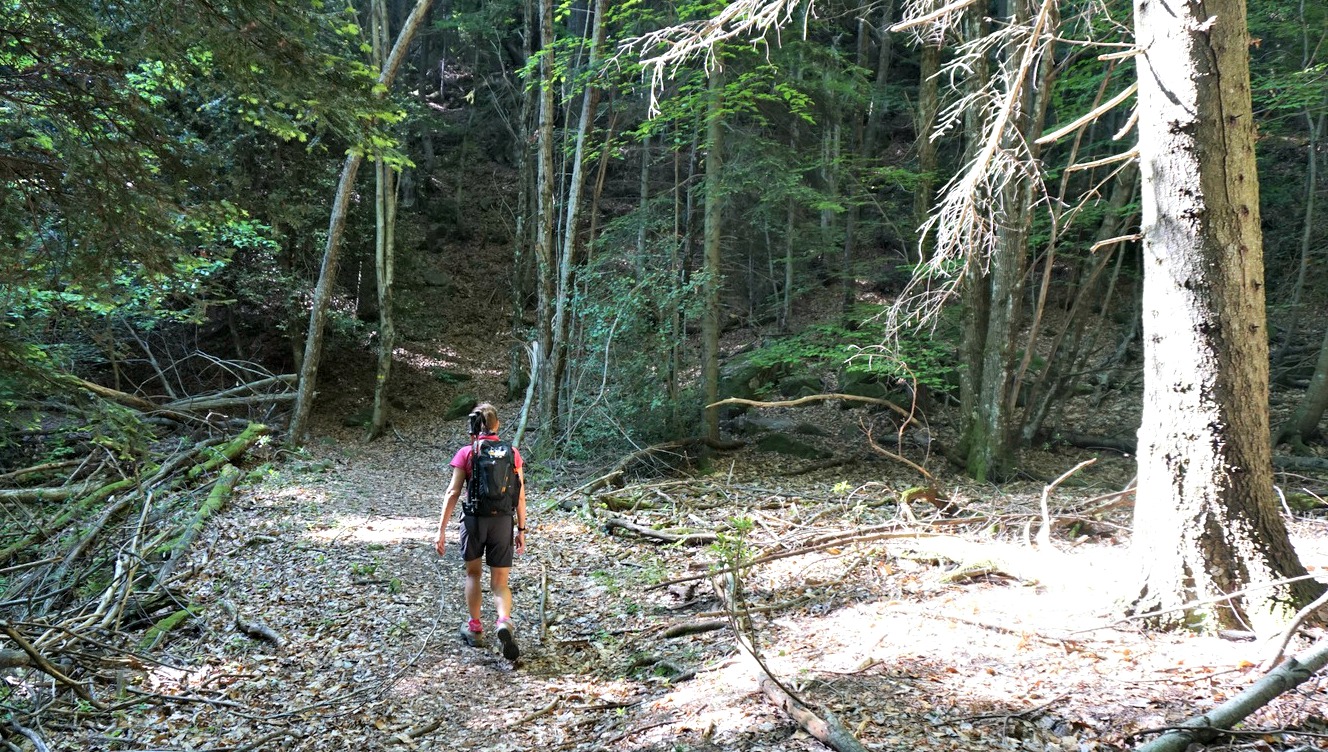Veal chops with mushroom sauce

Veal chops, mushrooms, and sweet potato purée are a tasty combination. Pork chops could be used instead of veal chops, they also go very well with mushrooms.
2 servings
2 nice veal chops
3 tbsp. olive oil
2 handfuls of mushrooms, sliced
1 shallot, chopped
1 clove garlic, minced
100 ml white wine
100 ml chicken stock
3 tbsp. crème fraîche, 15% fat
Leaves from a sprig of thyme
A sprig of rosemary
Freshly ground black pepper
Chopped fresh chives to decorate
For the sweet potato purée:
2 small to medium sweet potatoes
About 400 ml vegetable stock
1 tbsp. olive oil
Peel the sweet potatoes and cut into chunks. Place them in a casserole and cover with vegetable stock. Boil under lid until the sweet potatoes are soft, about 20 minutes. Keep warm and covered until you are ready to purée the sweet potatoes.
Preheat the oven to 180° C.
Heat 2 tbsp. olive oil over medium-high heat in a large heavy frying pan. Fry the veal chops for 1 minute each side. Transfer into an ovenproof dish and add the sprig of rosemary for flavour. Bake in the oven for20 minutes.
Add 1 tbsp. olive oil in the frying pan and fry the mushroom slices until golden brown.
While the mushrooms are cooking, make the sauce. Heat the white wine and chicken stock in a casserole. Add the shallot, garlic, thyme leaves, and black pepper and bring to a boil. Cook about 10 minutes until the sauce has reduced. Then whisk in the crème fraîche and add the mushrooms.
While the sauce is reducing finish the sweet potato purée. Pour most of the vegetable stock from the casserole into a bowl but don’t discard yet. Add 1 tbsp. olive oil to the sweet potato chunks and press into a purée. Add more stock if needed for a nice consistence.
Serve the chops with sweet potato purée and divide the mushroom sauce over the veal. Decorate with chopped chives.











